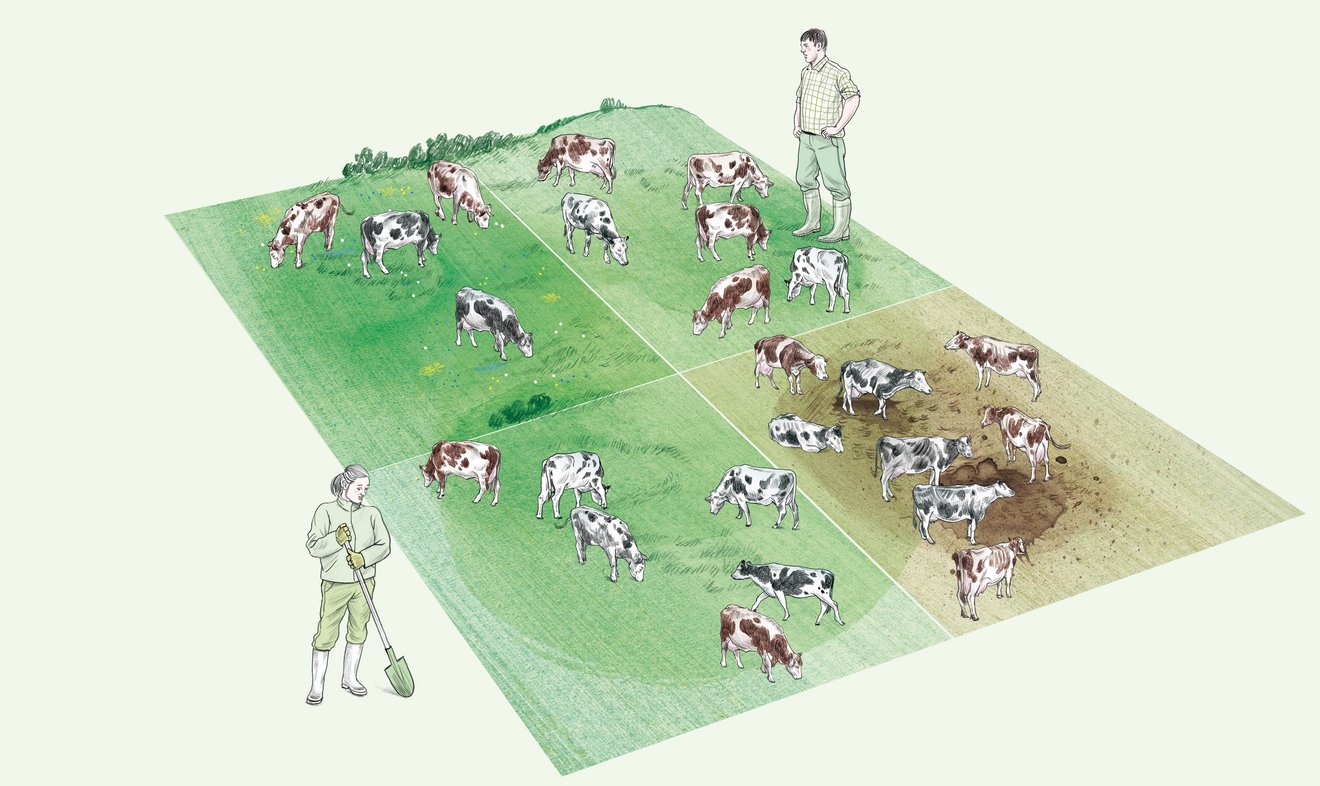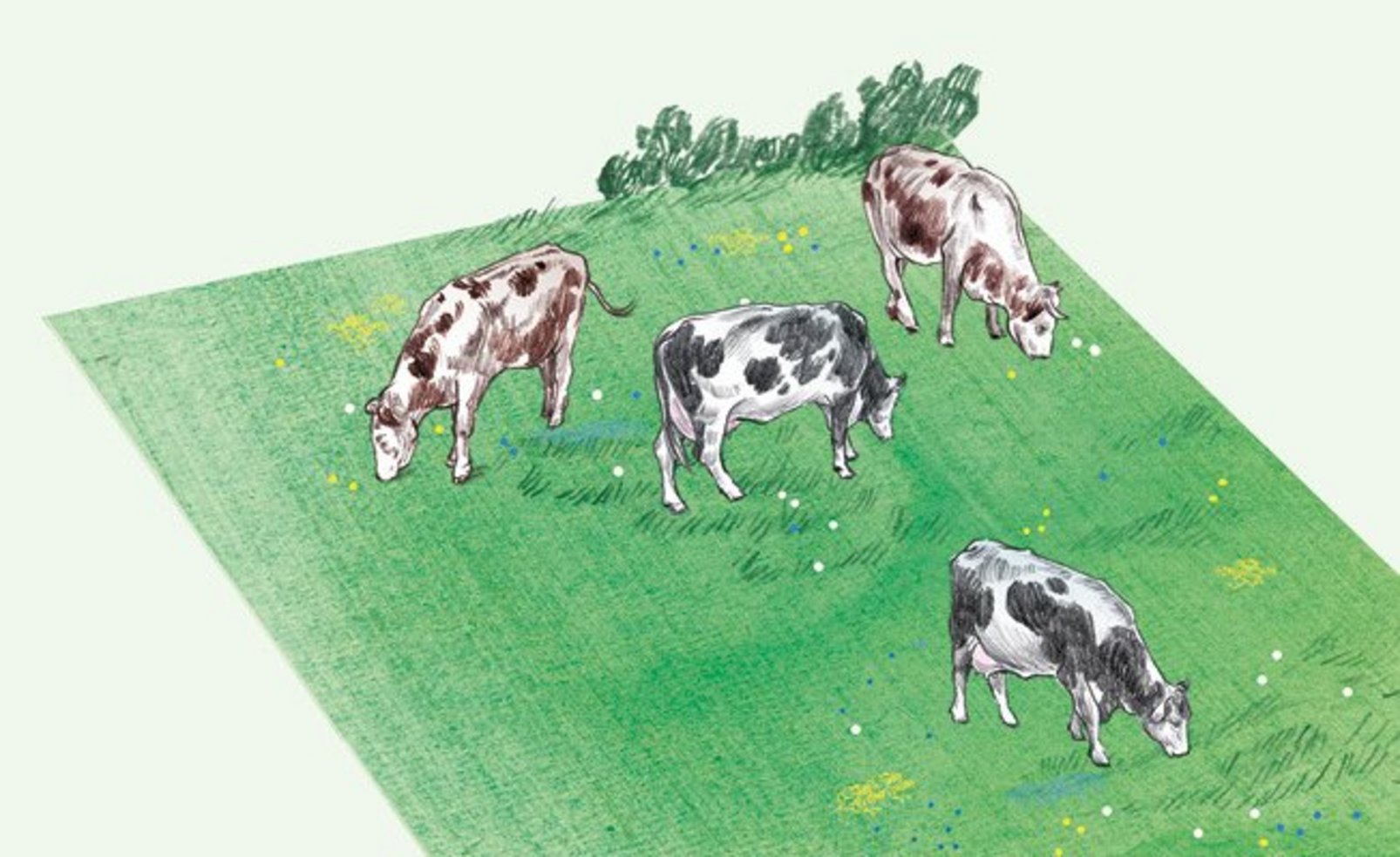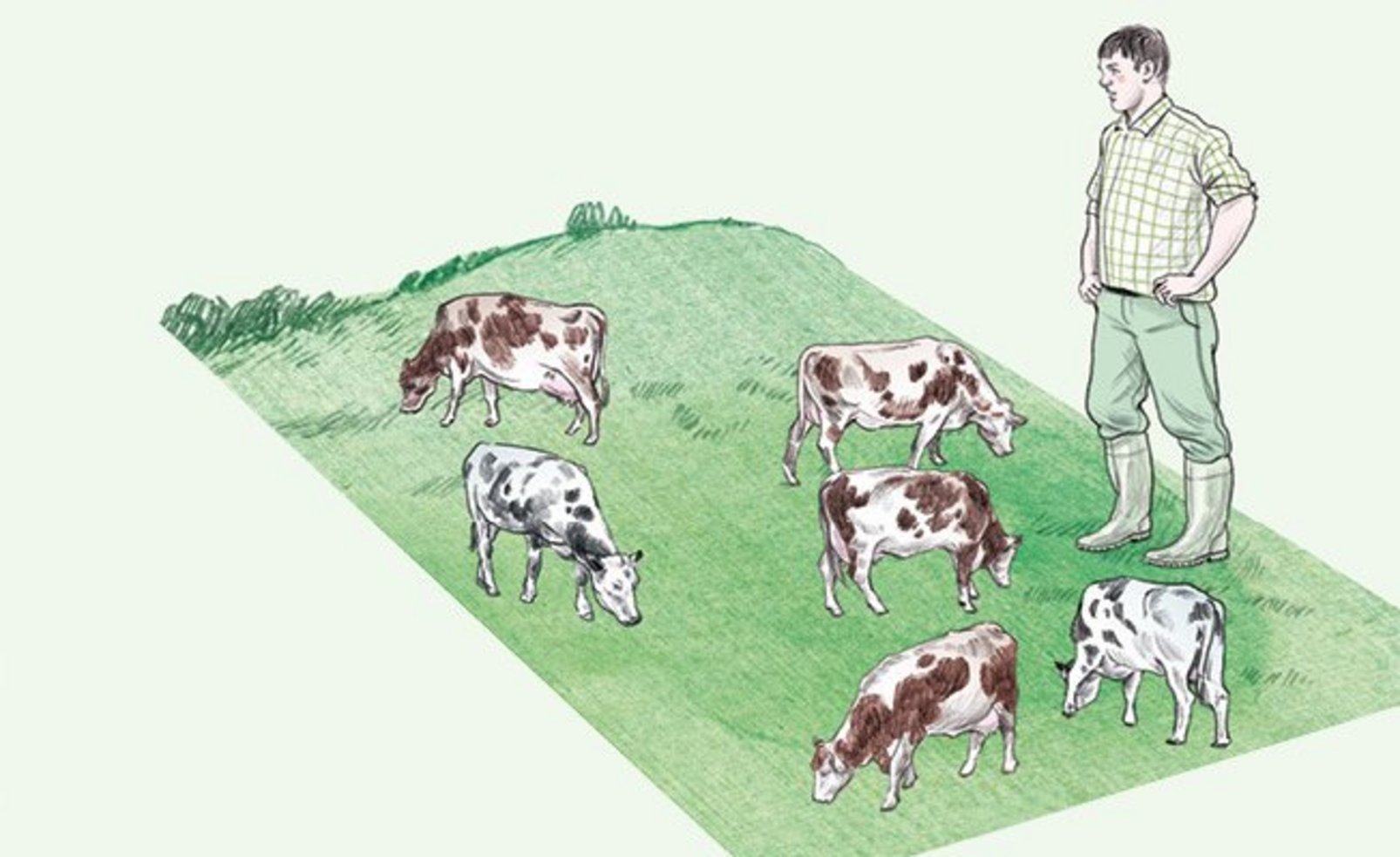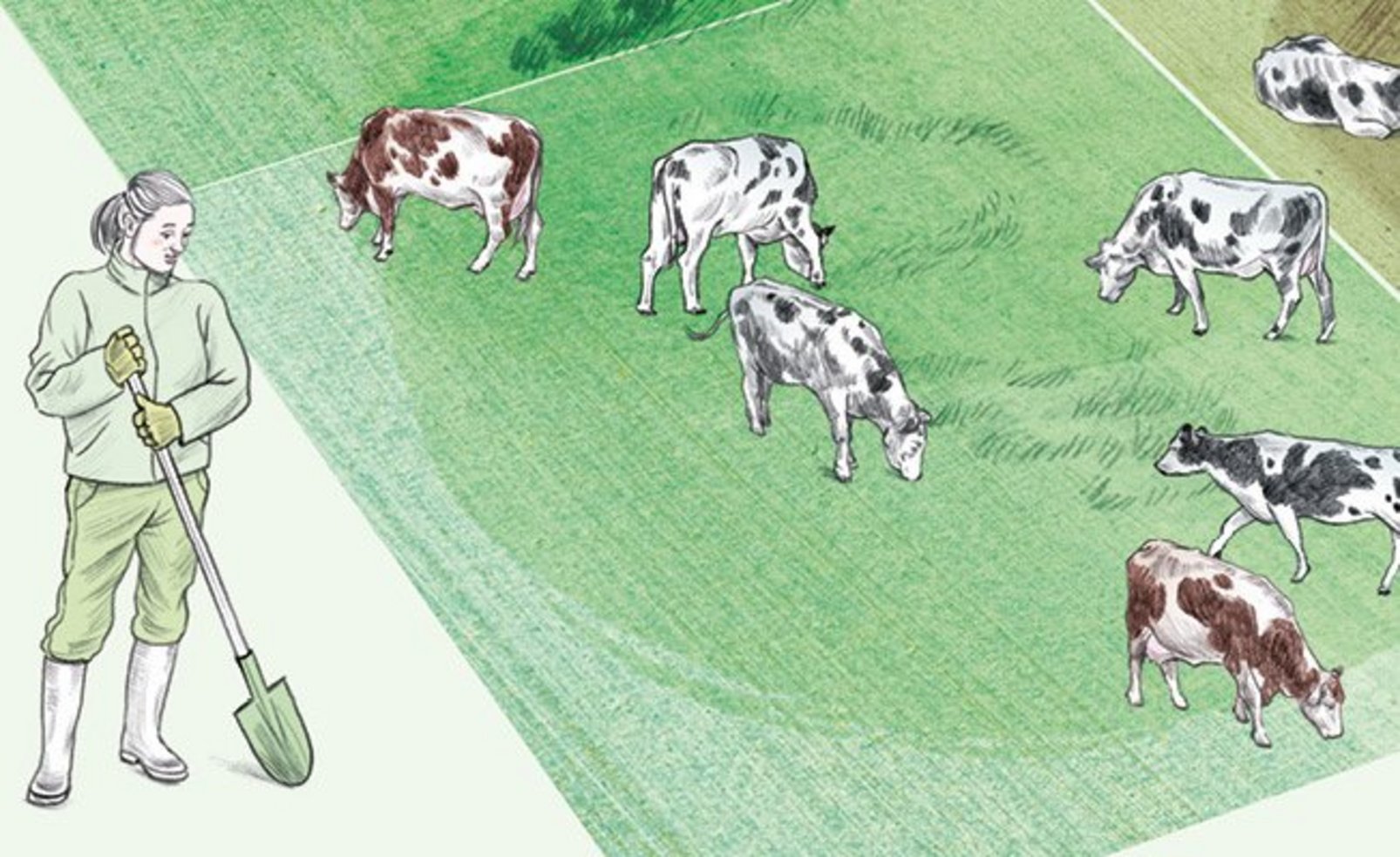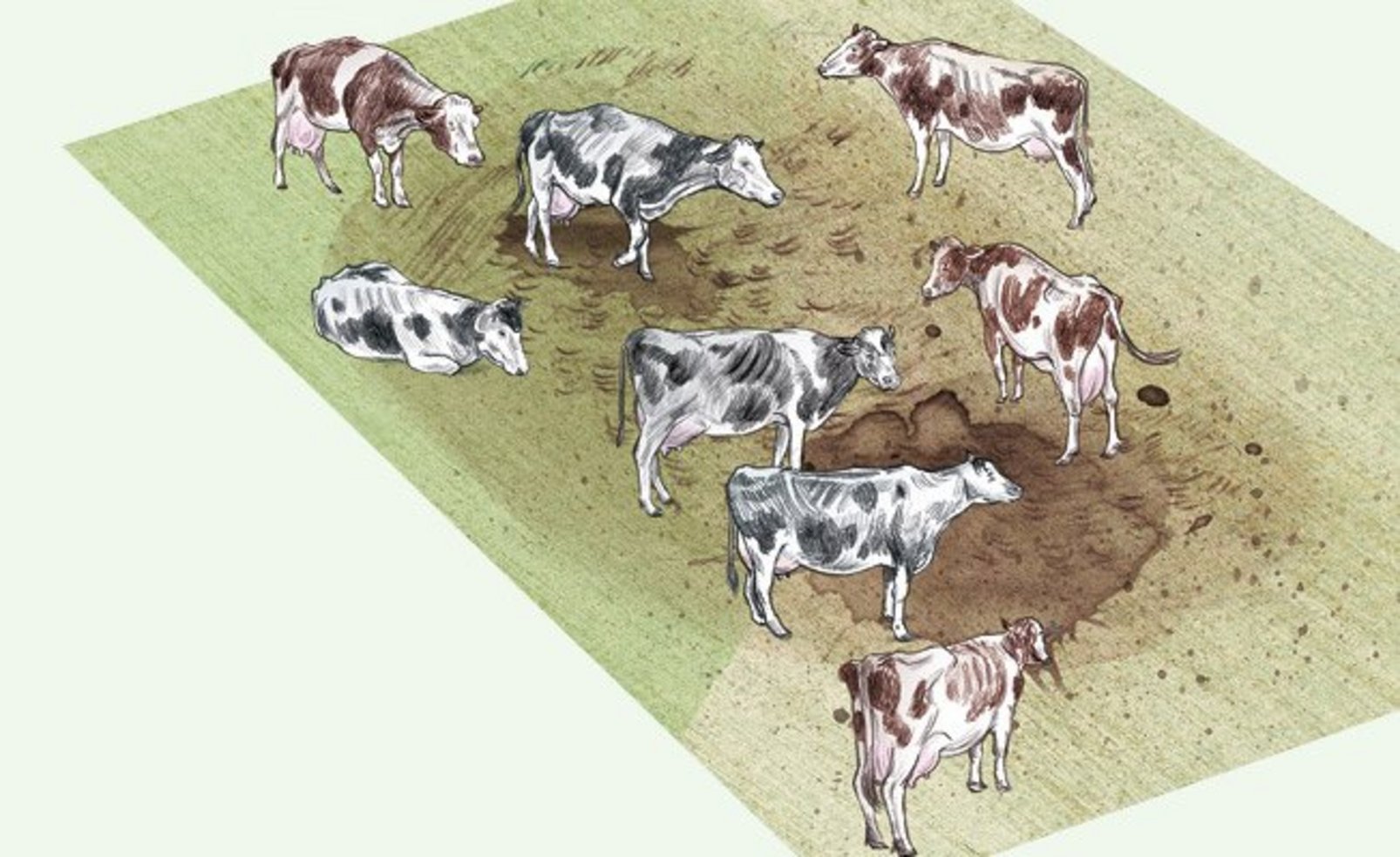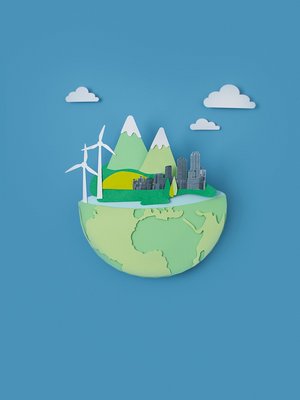FOREVER CHEMICALS—THE PROBLEM WITH PFAS AND WHAT COULD REPLACE THEM
—— Chemicals known as PFAS can be found in almost all household items and everyday goods. They appear to be indispensable for many industries but are harmful to both humans and the environment. Are there sustainable alternatives?
